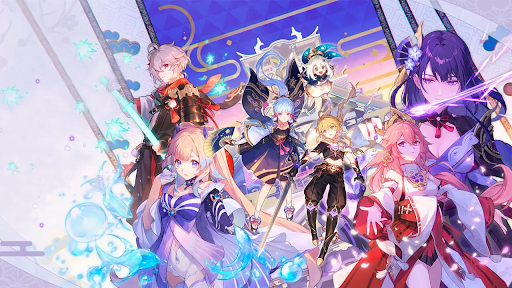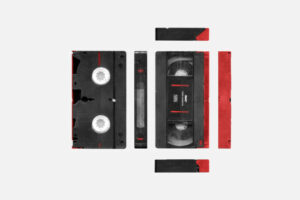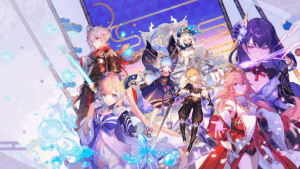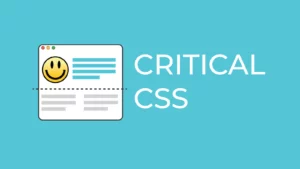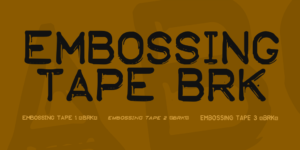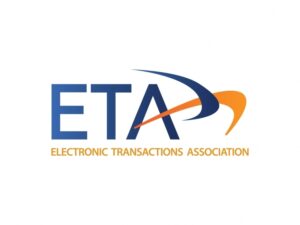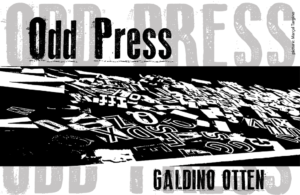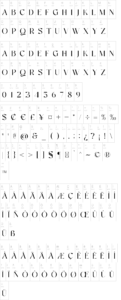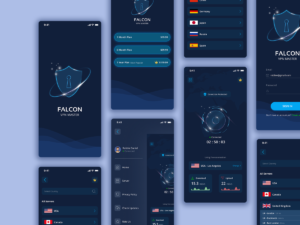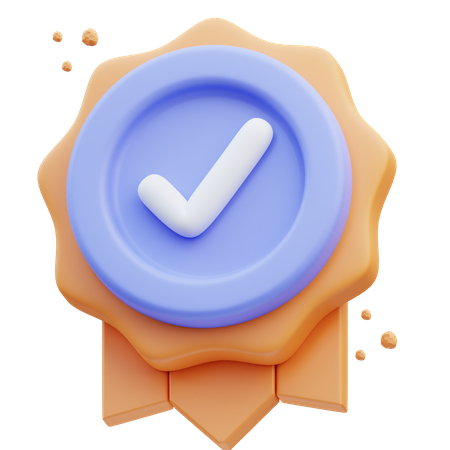Since the early 2010s, gacha games have shifted from small, mobile-only titles into a major gaming title in the gaming world. While some still look down upon them as casual time-fillers or time wasters, today, they actually attract huge communities across both mobile and PC. Games like Genshin Impact, Wuthering Waves, and Fortnite have really taken it to a whole new level making entire game monetization evolve around them.
As the genre becomes more polished and widespread, the conversations around it are changing too. Players are starting to ask harder questions. How fair are the pay-to-win mechanics? Do pity systems actually help? Is the constant chase for rare drops creating a better experience, or just a more expensive one? Is Pay 2 Win still hold the same meaning as a decade ago? is it actually worth spending money on gacha games?
What is Gacha Gaming?
Origins of Gacha Games in Japan
Gacha full word is actually “gachapon”. Gachapon is actually a Japanese vending machine toy that dispenses capsule toys at random that was created all the way back in 1960s. Gacha games took that same idea and brought it online. Instead of toys, you’re spending in-game currency for a shot at rare characters, items, or gear. It’s all based on chance, and that’s where Random Number Generation or better known as RNG come in. This is much more commonly referred to as Loot boxes in Western games. You spend in-game currency for a chance at something valuable. It’s part excitement, part frustration, and 100% addictive.
Understanding the Pay-to-Win Controversy
Nowadays, instead of worrying whether the game is good or not, most people seem to only judge the game base on whether it is pay-to-win or p2w or not. This happens when spending real money gives certain players a noticeable advantage. It might be through stronger characters, faster progression, or access to content that free players can’t reach without a serious time investment. It’s not a universal problem as some really don’t care while others won’t even touch a game if another redditor screams P2W. Some games manage to stay friendly to free players by offering reasonable rewards for time and effort. Others? Not so much. In the worst cases, progress hits a wall unless you open your wallet. The best gacha games walk a careful line: giving paying players value without sidelining the rest.
Breaking Down the Pity System
Pity systems ensure that after a certain number of unsuccessful pulls, the player is guaranteed a high-rarity item or character. This feature attempts to reduce frustration and is often seen in games like Genshin Impact and Honkai Star Rail.
While it’s better than nothing, pity doesn’t eliminate the randomness. You may still need hundreds of pulls and potentially hundreds of dollars just to get your desired character, especially when the guarantee doesn’t apply to every banner, and even then, it doesn’t always work out.
Are Gacha Games Worth Spending Money On?
The Value of Spending: Entertainment vs. Investment
Entertainment Value
For many players, spending money on gacha games is justified the same way you’d justify spending on a movie or a night out. If you enjoy the game and it brings you joy, dropping $10 to $50 isn’t unreasonable. Honestly, if you only get 1-3 hours worth of entertainment via a movie, what’s $10 on Genshin Impact, Honkai: Star Rail, and AFK Journey if you are getting hundreds of hours of content and replayability.
Sadly, a lot of gacha games are built around fear of missing out or better known as FOMO where it offers Limited-time banners, seasonal events or collab events which pretty much power creep push players to spend now or regret it later as it may never come back, especially the collab characters. It’s worse when you are someone who either chases meta or needs to collect every character, as you are the main target audience for publishers.
Long-Term Value
Unlike buying a full-priced game where the value is more predictable, gacha games are live services. That means today’s top-tier character might be obsolete in six months. In this light, spending large amounts on a single unit or item becomes less of an investment and more of a short-term thrill.
Also, most gacha games don’t have robust resale systems or account trading policies. What you buy stays locked in that account, with no real-world value return.
Psychology and Monetisation Practices
Gacha titles are designed to exploit dopamine loops. The thrill of a rare drop can lead to impulse spending. Events, timers, and FOMO (Fear of Missing Out) all nudge players toward the purchase button.
Game publishers know exactly how these systems work and often design their monetisation strategies to take full advantage of them. For players who struggle with impulse control or have addictive tendencies, it’s easy to fall into the trap. That thought — “the next pull has to be the one” can quietly turn into hundreds of dollars spent, often without realising just how far you’ve gone until it’s too late.
Some countries, like Belgium and the Netherlands, have taken a firm stance. Certain gacha mechanics are banned altogether for crossing the line into what’s considered gambling under their laws.
On the other hand of the spectrum, there are many players who actually find satisfaction in “F2P challenges,” and just enjoying gacha games like without spending a cent or very very little amounts. However, those who invest real money often enjoy smoother progression, exclusive cosmetics, and greater power in PvP.
How Should You Pick a Gacha Game to Play?
With so many gacha games available on both mobile and PC and more coming out each month, it can be hard to know where to begin. The market is packed, and while flashy trailers or viral TikToks might catch your eye, choosing the right game takes a bit more thought. It really comes down to how you like to play, how much time you can commit, and whether the game’s reward system feels fair. Some games are more casual and forgiving, while others expect a regular grind or a deeper investment.
Know Your Gameplay Preferences
Gacha games has its sub type aswell, they ain’t all the same. Genshin Impact, Wuthering Waves, or Tower of Fantasy are Open World Zela-inspired games with Gacha pulls on characters and weapons while you have others that do a RPG strategic approach, like Honkai: Star Rail or BrownDust2 with its turn-based battles. Then you have some titles, like AFK Journey or IdleOn, focus heavily on idle or AFK play. They often include layered UI elements, but most of the progression happens in the background while you’re away. Most gacha games are free to play and it never hurts to just give it a try and see if it catches your attention.
Check the Monetisation Model
If Monetisation matters at all to you, then check, if not. It is really whatever as long as you have run right. Afterall, not all gacha games are equally fair. Look for games that include a pity system, free pulls, and regular events that reward free-to-play users. Titles like Honkai: Star Rail and Blue Archive are often praised in reviews for being generous and balanced. On the other hand, some games lock core characters or upgrades behind steep paywalls, which can be frustrating for casual players.
Read Player Reviews and Community Feedback
Before committing your time (or wallet), check platforms like Reddit, Google Play, and YouTube for early impressions and tier lists. Communities will often highlight red flags like predatory rates, lack of endgame content, or major bugs as well as features that make the game stand out. Look for gaming reviews after a game’s been out a few weeks; these give a more accurate picture than launch-day hype.
Reddit, Discord, and Twitter Buzz
Reddit and Discord servers are goldmines for real player insights. Subreddits like r/gachagaming are filled with discussions about banner luck, spending regrets, and free-to-play strategies. Twitter often reflects real-time reactions to new updates and events.
While communities often defend their favourite games, they’re not shy about voicing dissatisfaction. For example, AFK Journey fans praise its low time investment but criticise monetised events that gate progress. Similarly, Genshin Impact has faced backlash for underwhelming anniversary rewards despite massive profits.
Consider Longevity and Updates
Some gacha games disappear as quickly as they appear. Choose games with strong developer support, regular content updates, and a clear roadmap. For example, Genshin Impact’s consistent updates and storytelling have helped it maintain popularity over years. Similarly, newer games like AFK Journey have built loyal followings thanks to polished systems and roadmap transparency.
Aesthetics and Storytelling Matter Too
Let’s be honest, if you don’t vibe with the art style or characters, it’s going to be hard to stay engaged long term. Many people stick with gacha games not for the meta, but for the waifus, husbandos, or immersive story arcs. Don’t overlook presentation, what others may consider cringe, off-putting, disgusting or just pathetic is actually a huge part of the genre’s charm.

